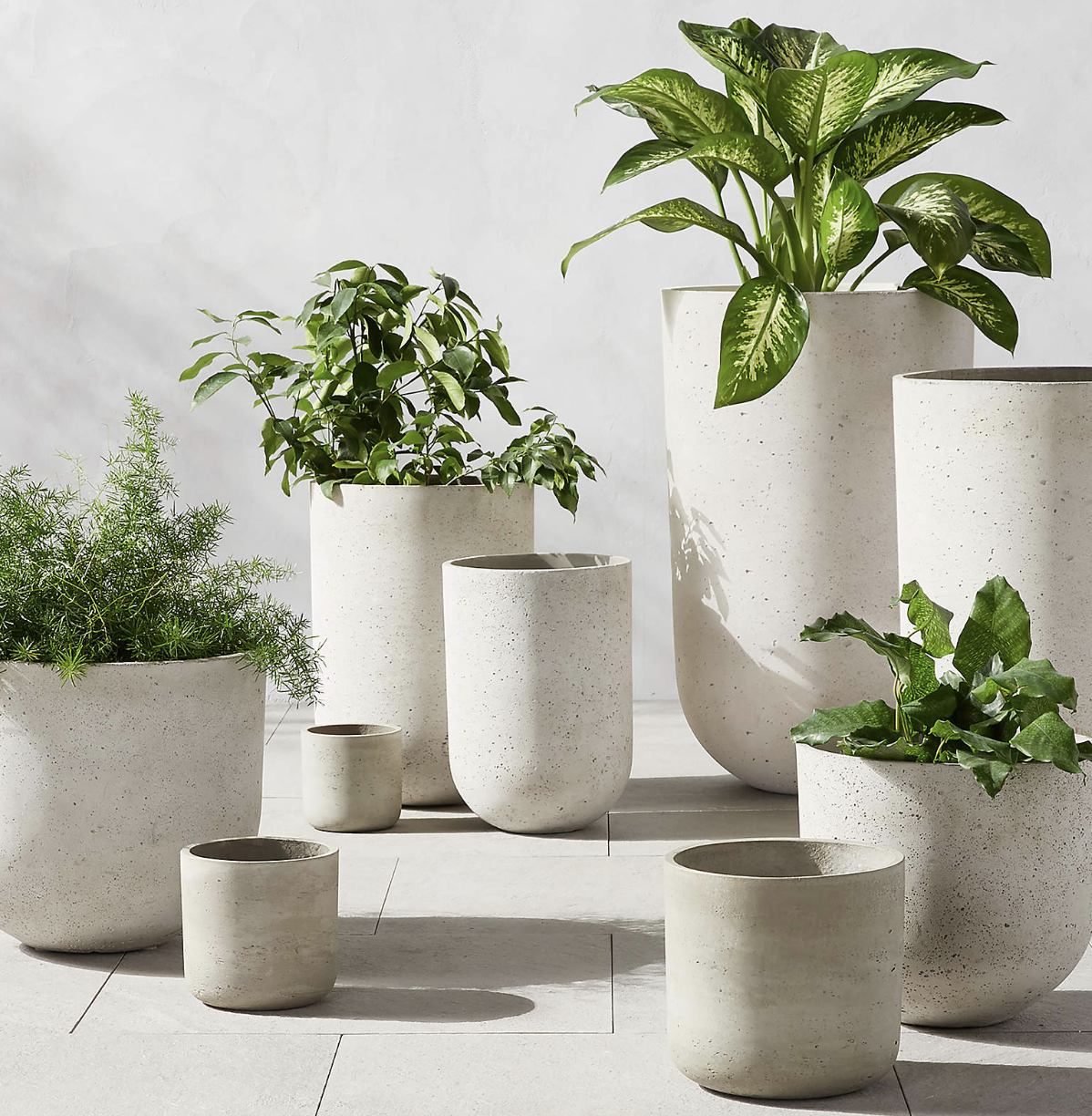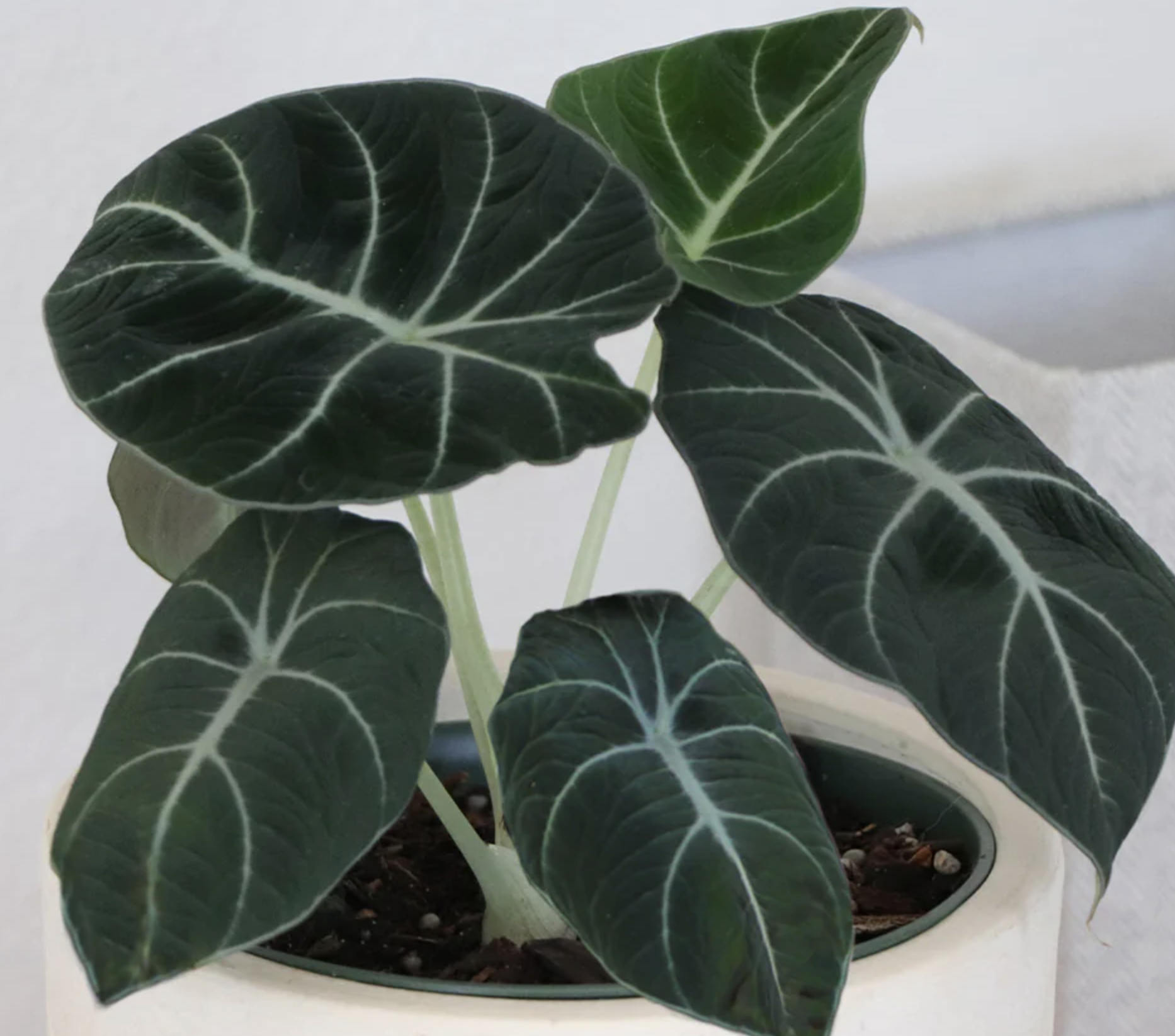How to start a minimalist indoor garden – designers create calming, pared-back but plant-filled spaces
Indoor gardens can add so much depth and interest to space, but how to you approach houseplants when you like a minimalist aesthetic?

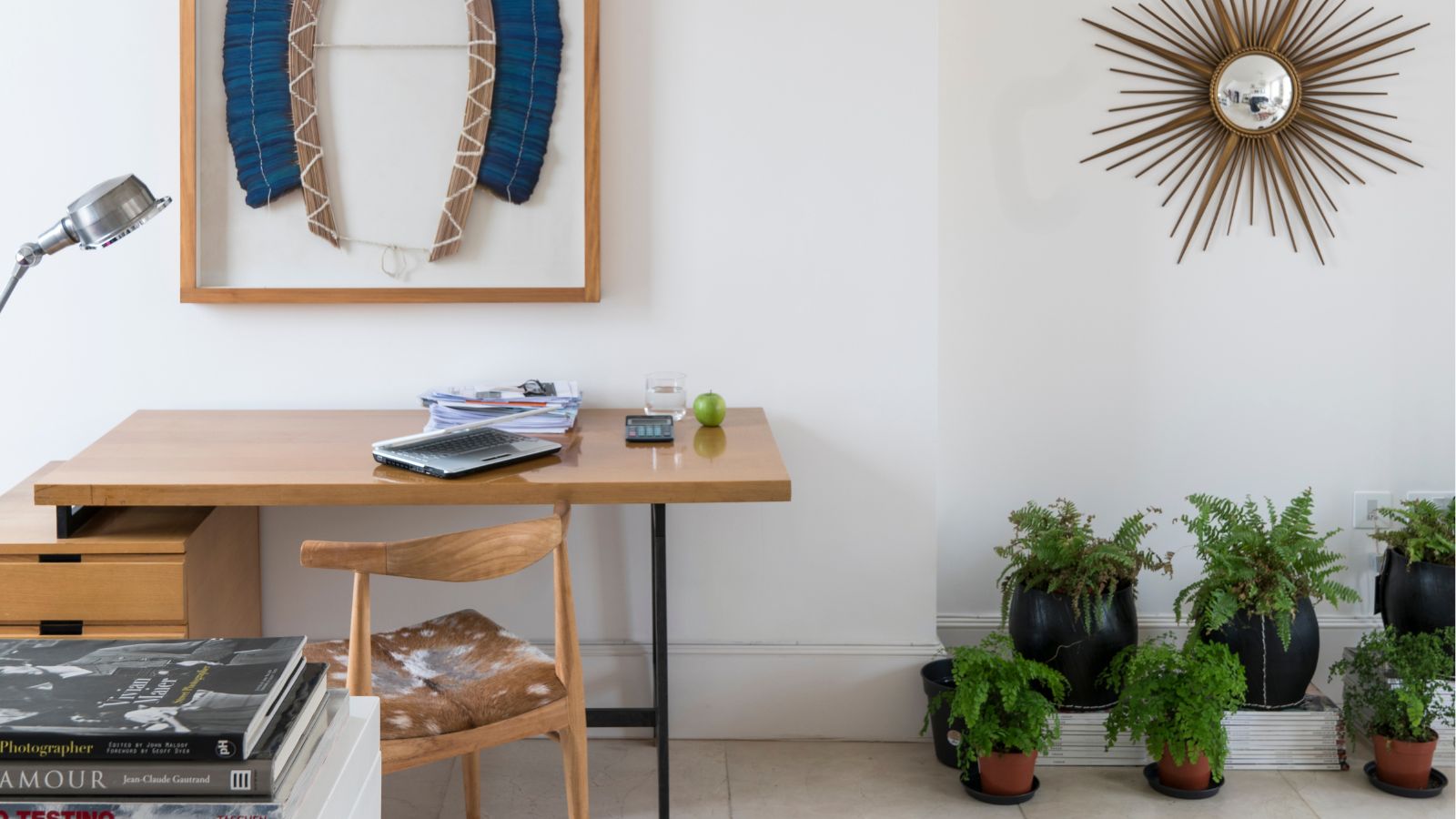
Indoor gardens are suddenly everywhere. Lush green spaces growing inside our rooms, adding something unexpected but plenty of interest and depth. These indoor gardens are more than just a few houseplants dotted on shelving or filling an unused corner, they are jungle-like creations and lush displays that bring the outdoors in a more impactful way.
But how do you embrace this trend when you like a more minimalist aesthetic? When you want to keep things pared back and chic but still get all the benefits of an indoor garden?
Of course, it's very doable. It's just about being more considered with your display, choosing plants that suit the style and containers that won't add too much visual fuss to a room. We asked designers and plant experts who have successfully created minimalist or even zen indoor gardens to talk us through the process.
1. Choose the right space

Let's start with practicalities. For any indoor garden to thrive you need the right spot. Not just aesthetically, although of course that's important, but a place where your plants will get the perfect amount of light and the right conditions to give them the best chance at looking fresh and luscious.
The best space for your minimalist indoor garden will of course depend on your layout and the type of houseplant you choose, but there are some general things to look out for. Mostly that the space gets the right amount of light – most plants need light to thrive.
'A minimalist indoor garden is a great way to add some greenery and freshness to your home without cluttering or overwhelming the space. A minimalist indoor garden can also enhance the aesthetic and mood of your home, creating a calm and relaxing atmosphere,' explains founder of Just Pure Gardening, Reese Robins.
'The first step is to choose a suitable space for your indoor garden, depending on the size, shape, and light conditions of your home. You can use any empty wall, corner, shelf, or windowsill that gets enough natural light and air circulation.'
The Livingetc newsletters are your inside source for what’s shaping interiors now - and what’s next. Discover trend forecasts, smart style ideas, and curated shopping inspiration that brings design to life. Subscribe today and stay ahead of the curve.
You want to avoid anywhere where the temperature changes regularly too, most plants like stability so not too near a radiator or boiler or a spot that gets drafty. Depending on the plants you choose they might like a little moisture too - our guide to whether you need a humidifier for your houseplants will help you here. Just be sure to do some research into the plants you like and what they need to stay healthy before you decide on the space for your minimalist indoor garden.
2. Ensure the type of plants fit the aesthetic
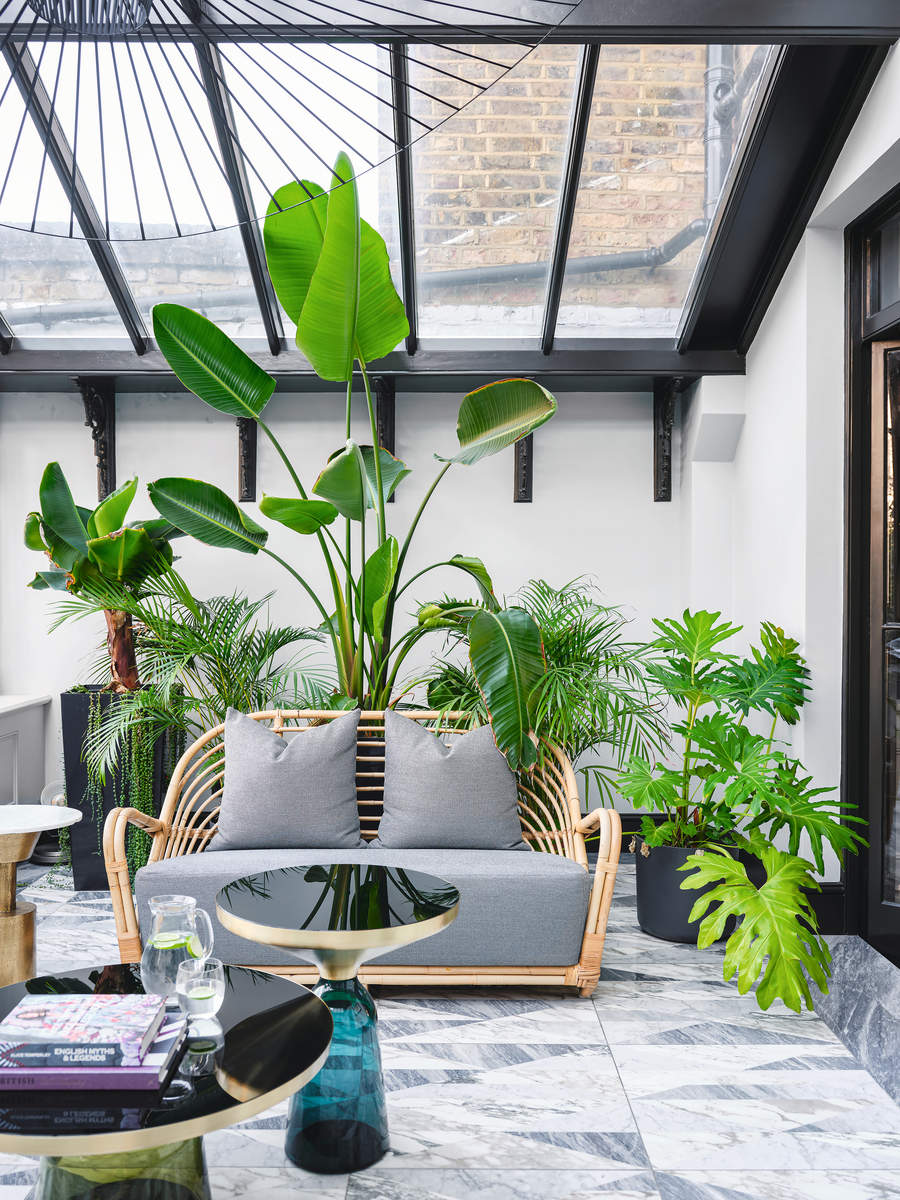
So what actually makes a minimalist indoor garden minimalist? The style of plants you choose is the main way to achieve the aesthetic. Think statement, structured plants with simple silhouettes. Approach picking plants as you would minimalist furniture, you want to look out for clean lines, not too much fuss or frills.
'Choose plants with simple, statuesque-like forms like the Alocasia Zebrina, [available here on Amazon], which has a striking tiger-striped stem and elephant ear-shaped leaf. As this plant isn't foliage heavy, it has an uncomplicated form that aligns beautifully with a minimalist ethos and brings a sense of calm and order to the space' suggests Beth Chapman, founder of Leaf Envy.
And just as you would in a minimalist room, take the less-is-more approach. Don't crowd your space with plants, pick a focal point so the indoor garden has some clear structure. 'I feel that one impressive statement plant works best in a minimalist design scheme, rather than cluttering a room with many sizes or clusters of plants. It can often work well to juxtapose the straight lines with the sculptural curves of a strelitzia, or the rounded head of a ficus nitida [also known as ficus microcarpa, and available here on Amazon], as these are very strong forms and like a piece of art they bring color to an otherwise simple aesthetic,' advises Dom Butler, founder of Plant Drop.
3. Go for larger plants and indoor trees
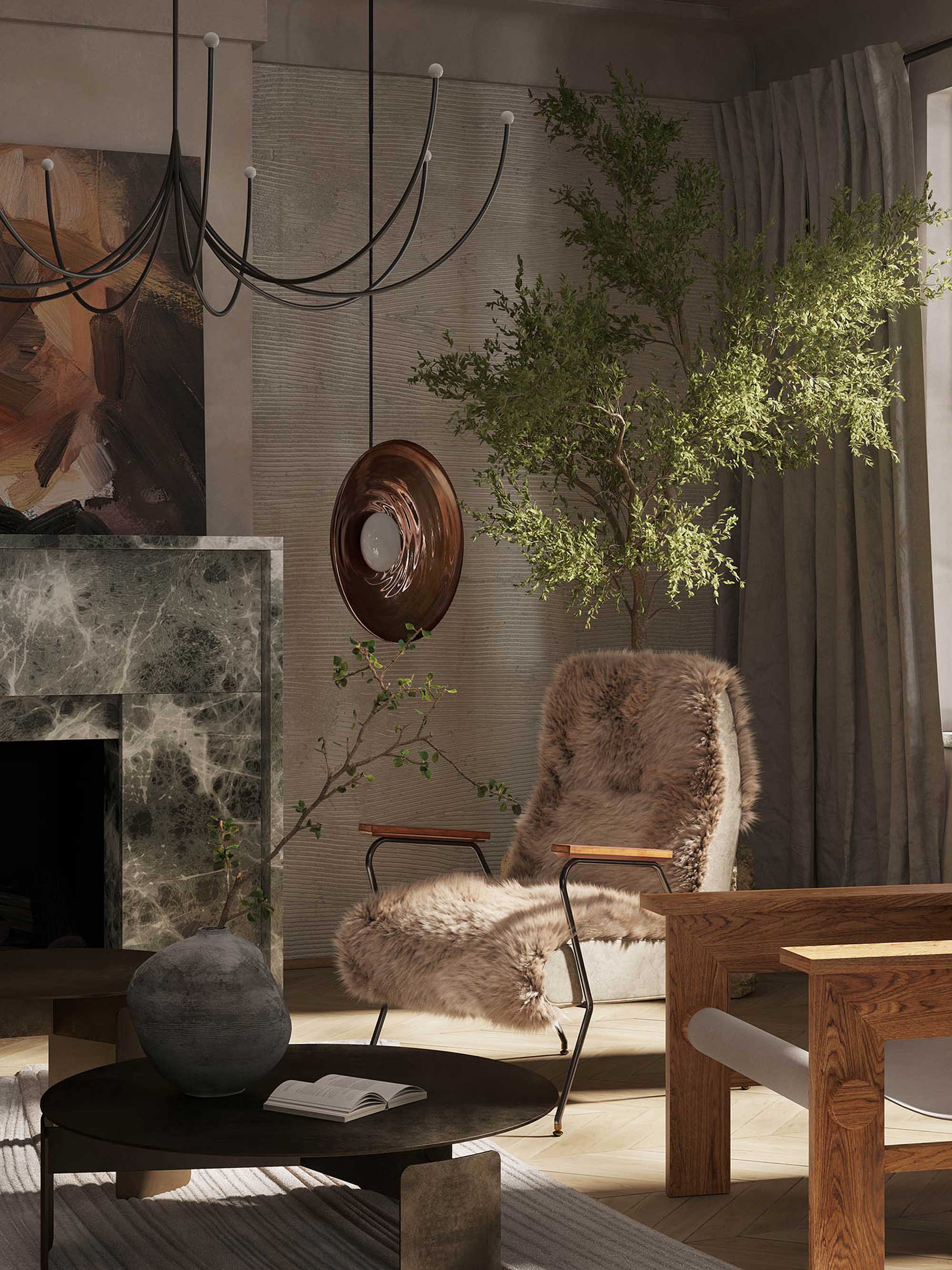
Indoor trees and large houseplants are an investment, but in a minimalist indoor garden, you do want those bigger more impactful shapes. When bringing greenery into a minimalist space you don't want to be adding clutter, so going for fewer larger plants is the best approach.
As Kamili Bell Hill, author of Happy Plants, Happy You says, 'When choosing plants for this minimal space, the first place to look is to the mature floor plants. Large floor plants will add the green and the immediate drama. They will also help anchor the space. A few great low-maintenance indoor plants are a Monstera Deliciosa, Bird of Paradise, Alocasia Regal Shield, and a Philodendron Selloum.'
'Notice that I did not mention the Fiddle Leaf Fig?' Kamili adds. 'While they are the trendiest of floor plants, they can be quite finicky. Keep in mind if it is a corner placement that you want but it is a windowless corner, you will need to incorporate a grow light. There are many beautiful modern hanging grow lights that blend into any style of decor. The bottom line, you can incorporate plants into your decor even if you have a minimalist style. They will anchor the space and literally bring the room alive!'
4. Pick planters that work with a minimalist vibe

'We believe the planter is 50% of the look when it comes to indoor plants, really finding something that ties in with the overall design but is also proportional to the plant, to give it stature but not to look lost,' explains Dom Bulter. 'Thinking about the texture and finish also helps tie in the pot with the design, and a minimalist interior isn't always calling out for a grey pot. Sometimes a rich terracotta pot can bring some vibrancy to a minimal home.' Our guide to trending planters will help you here.
Kamili Bell Hill agrees when creating a minimalist indoor garden the key to achieving the look lies in the choice of the best planter. 'Plants bring design alive, even if the decor is minimalist. You can add plants to your design, without creating a full indoor jungle. The key to achieving this is to stick with the same lines and color for your planters. You are not limited to do all white planters, as long as you stay in the same color and shape for your planters. A grouping of black planters is quite stunning and dramatic.'
5. Ensure to include some negative space

Negative space is an essential in minimalist design. If you want to achieve a minimalist living room, you always ensure there's room for furniture to breathe, room to appreciate the considered design and decor. The same principle applies to a minimalist garden. You need negative space.
'Embrace negative space. When you situate a single statement plant in front of a neutral-colored wall, you give it the stage to shine,' explains Beth Chapman. 'Without other visual distractions, this plant becomes the focal point, drawing all attention and admiration. Whether it's a soft beige, muted grey, or even a gentle off-white, these hues let the plant's colors pop, making the green look even more vibrant and the other colors (if any) more pronounced. I prefer to showcase a rare or unusual plant in this instance, such as the Anthurium Clarinervium or Aglaonema White Joy.'
How do you care for a minimalist indoor garden?
Caring for a minimalist indoor garden can be low maintenance, but plants will always need certain conditions to thrive.
'Lighting is an essential factor for the health and growth of your plants, as well as the mood and ambiance of your indoor garden. You can use natural light from windows or skylights or artificial light from lamps or LED strips,' explains Reese.
'Watering is another essential factor for the maintenance and survival of your plants, especially if you live in a dry or hot climate. You can water your plants using a watering can, a spray bottle, or a drip irrigation system. You can also use self-watering pots or hydroponic systems to reduce the hassle and frequency of watering. The key is to choose watering methods that are convenient and efficient without overwatering or underwatering your plants.'
'Accessories are optional elements you can add to your minimalist indoor garden to enhance its beauty and functionality. You can use labels, tags, or markers to identify your plants or write some notes or quotes on them. You can also use hooks, clips, or magnets to hang or attach your planter to the wall or ceiling. You can also use trays, saucers, or coasters to catch excess water or soil from your planters. The key is to choose accessories that are simple and useful without adding too much clutter or noise to your indoor garden,' adds Reese.
Minimalist indoor garden essentials to buy now

Formerly the Digital Editor of Livingetc, Hebe is currently the Head of Interiors at sister site Homes & Gardens; she has a background in lifestyle and interior journalism and a passion for renovating small spaces. You'll usually find her attempting DIY, whether it's spray painting her whole kitchen, don't try that at home, or ever-changing the wallpaper in her entryway. She loves being able to help others make decisions when decorating their own homes. A couple of years ago she moved from renting to owning her first teeny tiny Edwardian flat in London with her whippet Willow (who yes she chose to match her interiors...) and is already on the lookout for her next project.

